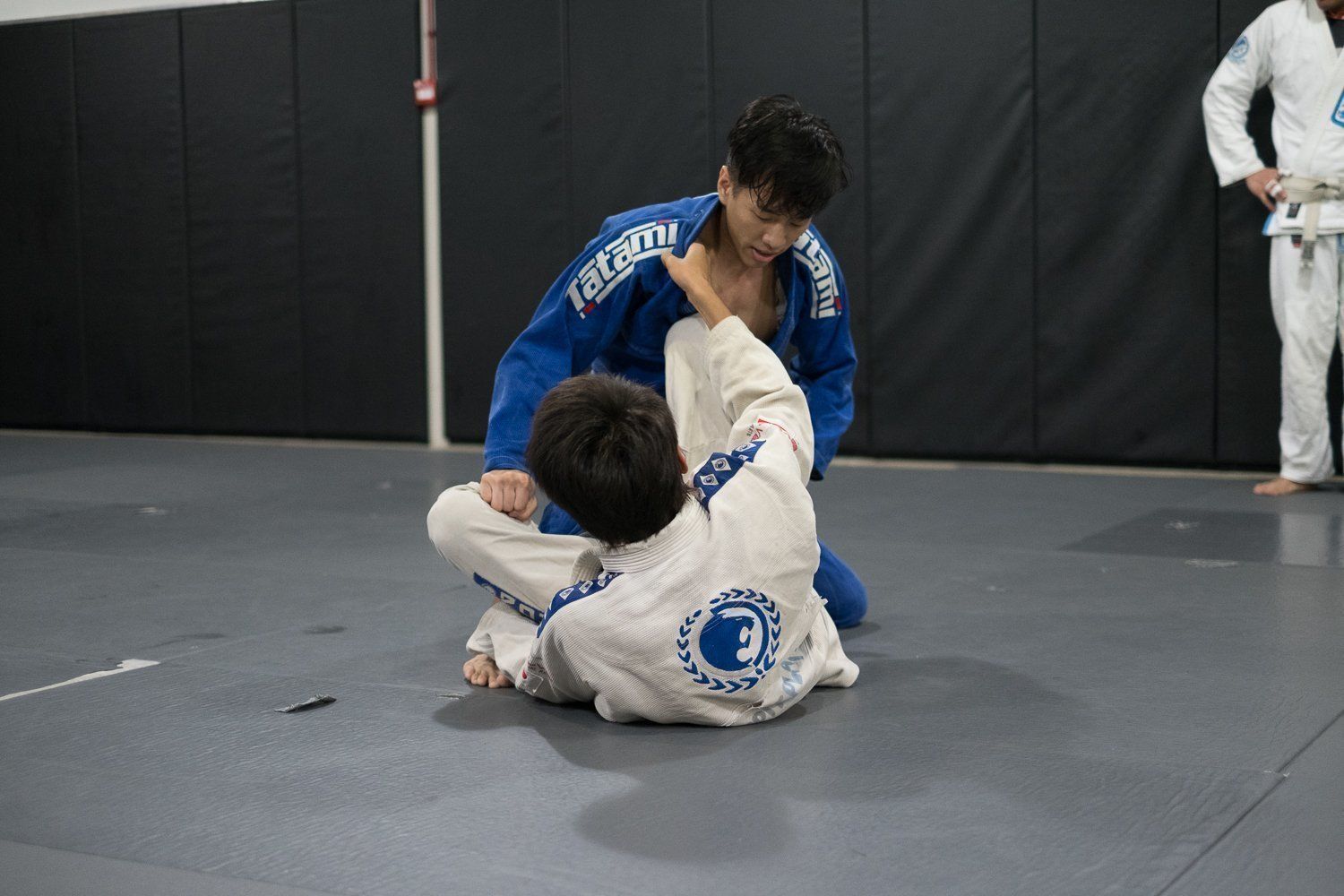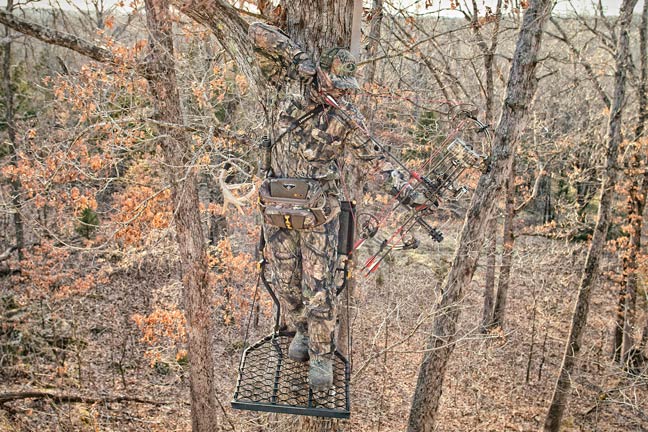FLINCH RESPONSE(S): I’d like to leave this here as I’ve had the same belief for a long time. So many are stressing the importance of THE startle flinch response when, in fact, it should be made very clear that we have startle flinchES. There is no universal flinch response we all have to every given surprise stimulus, despite the claim of many self-defense experts. Do some people-watching. I’ve seen people scared from surprise heavily increase breathing while grabbing their heart. Getting burned by a hot stove causes an explosive pullback and often a grab of the burnt body part, but not raising the hands up in front of the face. Tripping and falling forward causes an outward/forward-moving and often double-locked arm extension but torso doesn’t retract back, for obvious reasons. (that falling thing) I’ve seen someone getting salt or sand in our eyes recoil back, not with an arm projection and body jerking back response, but with an “elbow shield” covering the eyes. Blinking without any other reaction at something light and non-damaging coming towards our face. (How does the brain distinguish?) Someone pulling your chair back at a party causes a flail or “spasm”, desperately looking for a way to regain balance. A great idea is learning to re-focus quickly on “the target” or cause of the initial surprise and at least training your brain (hitting one’s significant other from having a water fight is not recommended) to think of immediate counter-offense.

So, to summarize:
- As stated multiple times, there is no one universal flinch (even for the same person at various times of the day/different mental states/daily intangibles/different stimuli) Watch America’s Funniest Home Videos, When Animals Attack, or any number of “Fear Factor”-like videos on Youtube for confirmation.
- It cannot be weaponized (we can dictate what comes after, not during) To weaponize the flinch itself would come from prescience. With not knowing any of the stimuli mentioned above until that moment, repeated prepping/training for multiple different flinches still presents a lag in selection, rendering “weaponization” moot. The minute anything is altered, whether by experience or training, it is no longer unconscious, reflexive, or evolutionary…it’s familiar/experiential or trained. A flinch, by its very design, is a reflex (the “startle reflex”). Conscious response to known stimuli is not a flinch, it’s a conscious response projected outward.
- Not every scenario draws a flinch. Sometimes some people, or some people in some scenarios, simply don’t flinch. It doesn’t happen 100% of the time.










